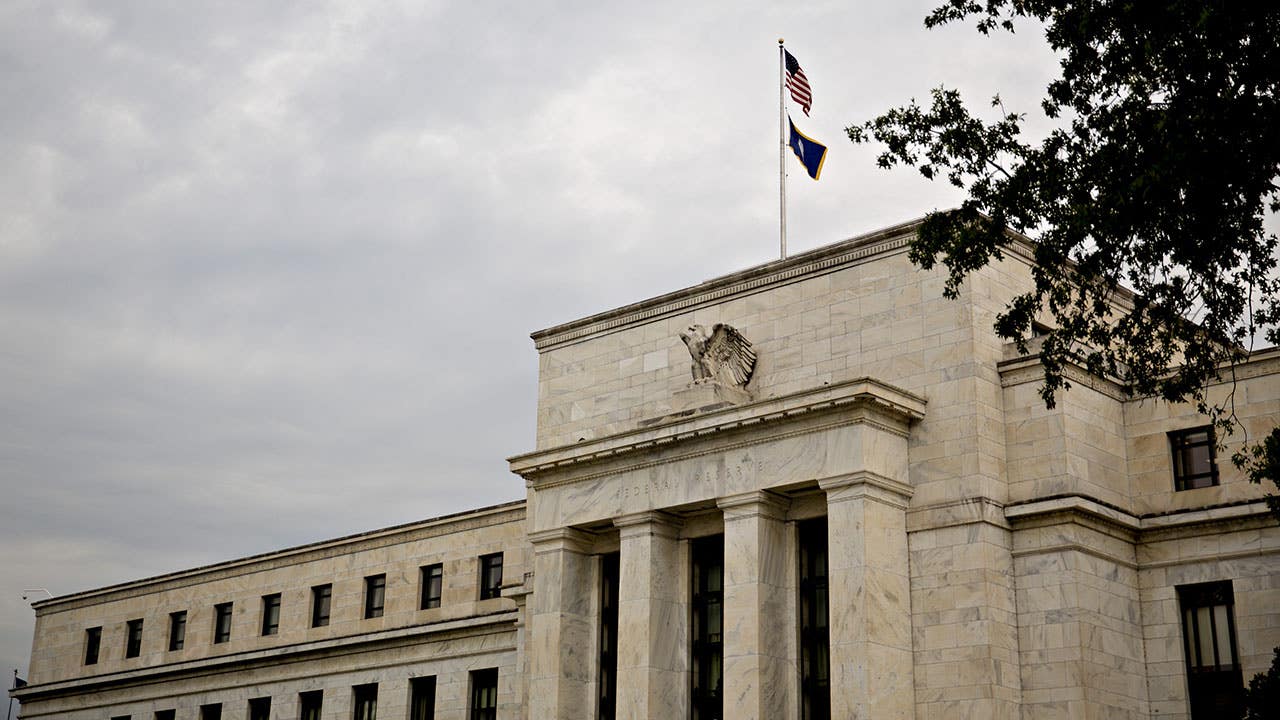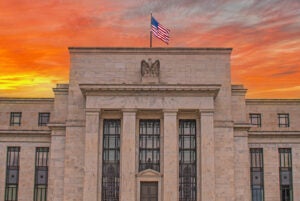Credit card balances increased in January, Fed report shows

Consumer debts rise
Card balances have been growing for months as consumers battling inflation turned to their credit cards.
Rising prices of everyday expenses like gas created higher costs that had a big impact on card balances in 2022, though they have cooled off in recent months. The government’s reported outstanding card balances can also rise at the end of the month if consumers pay off their balances later, when they are due.
Total consumer debt — which includes student and auto loans, as well as revolving debt — increased by $14.8 billion according to the Fed report, reaching $4.795 trillion in January. That’s a 3.7 percent seasonally adjusted annual increase (up from December’s 2.7 percent increase).
And according to the Quarterly Report on Household Debt and Credit by the Federal Reserve Bank of New York, total household debt (including mortgage debt, home equity lending, student debt and auto debt, together with credit card debt) rose 2.4 percent in the fourth quarter to $16.90 trillion. Credit card balances rose to a high of $986 billion, passing the pre-pandemic high of $927 billion.
Credit card delinquencies are up
The same New York Fed report also finds that 4.01 percent of credit card loans were seriously delinquent (90 days or more overdue) in the final quarter of last year, up from 3.2 percent at the end of 2021.
Credit card debt 90 days or more past due rose to 0.19 percent in January, up from 0.11 percent in January 2022, according to VantageScore’s Credit Gauge report. The credit scoring company shows that the average credit card balance in January was $5,868, up from $5,100 a year before, while the utilization rate (how much of their available credit consumers are using) rose to 30.8 percent, from 28.7 percent.
Consumers are more optimistic about credit availability
Many consumers are more optimistic about their ability to access finance compared to a year ago, according to the New York Fed’s Survey of Consumer Expectations for January. More survey respondents also anticipate that it will be easier to obtain credit in the coming year.
Their perceived average probability of missing a minimum debt payment in the next three months rose to 12.1 percent though, from December’s 11.4 percent. Even then, more respondents believe they are better off financially compared to a year ago.
At the same time, fewer people are opening new accounts. In January, VantageScore reports new credit card account activity (based on consumers with newly opened accounts on file) dropped to 3.28 percent, from 3.73 percent in December.
This trend held true for all generations as holiday spending slowed down. The drop-off was most pronounced for Gen X, with new account openings slowing to 4 percent in January, from 4.7 percent in December.
Jobs report will influence Fed’s actions
On the labor market front, respondents’ average expectations that unemployment will be higher in the year ahead rose to 41.2 percent, according to the New York Fed Survey of Consumer Expectations. The rise was most pronounced amongst those with a college degree and those with yearly household incomes of more than $100,000.
The government will release its jobs numbers for February on March 10. Economists use this report to help inform what the Fed’s upcoming interest rate changes — a big influencer of consumer debt — could be.
Diane Swonk, chief economist at KPMG US, observed in a recent blog post that the report will show 200,000 jobs were created in February, a cooldown from January’s whopping 517,000. She expects the unemployment rate to hold steady at 3.4 percent, with average hourly earnings rising 4.7 percent over the year (up from January’s 4.4 percent).
“A solid employment report would not necessarily be enough to push the Fed to raise rates by a half percent in March,” Swonk wrote. “A stronger report, with even hotter wage gains, might.”






